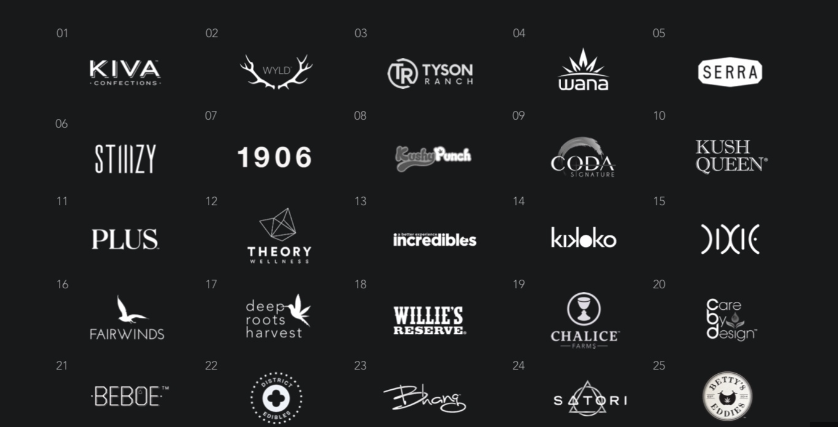Building a Robust Brand: A Blueprint for Success in the Cannabis Industry
LOS ANGELES– In a rapidly evolving market, cannabis companies are urged to adopt a nuanced approach to brand building, harmonizing seasoned cannabis expertise with established business principles to foster growth and sustainability. Steve Goldner, a leading branding expert in cannabis, writing here exclusively for Highly Capitalized, Goldner emphasizes the necessity of a well-rounded brand strategy that resonates with a diverse consumer base, transcending mere THC percentages.
According to Goldner, the cornerstone of a successful cannabis business is a robust brand strategy that encapsulates the company’s values, promises, and personality. This strategy should be meticulously crafted to foster a deep connection with the target audience, steering clear of a one-size-fits-all approach that has often been the pitfall of many companies in the sector.
Goldner suggests that before delving into brand communication, companies must establish a clear brand strategy and product positioning. This involves defining the brand’s objectives, identifying the target customer base, and setting benchmarks for long-term success. A well-articulated positioning statement, which delineates the product’s unique selling points and its advantages over competitors, serves as a vital tool in this process.
The essence of a brand transcends tangible elements like logos and taglines; it embodies an intangible marketing concept that fosters customer loyalty and preference. Goldner underscores that the ultimate goal of brand building is to cultivate a favorable bias among consumers, encouraging them to choose your products over others in the market.

Image: Cannabis Brands. Without a solid strategy, the brands of today, may not be around tomorrow.
Content strategy forms a critical component of this brand-building endeavor. Goldner advocates for the creation of content that strikes a balance between the brand’s message and the audience’s preferences, steering clear of overt advertorial content that might alienate consumers. He introduces the concept of “edutainment”, a blend of education and entertainment, as a potent tool to capture and retain audience attention.
Goldner emphasizes the importance of tailoring content to appeal to the ideal customer while maintaining a broad enough appeal to ensure business profitability. This involves a meticulous selection of themes and topics that reinforce the brand’s stance and product positioning. He also highlights the significance of visual content, suggesting a regular cadence of photos, videos, and articles to keep the audience engaged.
Moreover, Goldner encourages companies to explore various avenues for content distribution, including owned, earned, and paid media, to build a substantial audience and foster business growth. He acknowledges the challenges posed by marketing platform restrictions in the cannabis industry but insists that these hurdles should not deter companies from adopting proven brand-building strategies.
Goldner concludes with a rallying cry to cannabis companies, urging them to embrace the comprehensive methodology he outlines, albeit gradually if necessary, to pave the path to business success. He reiterates that a well-rounded brand, product, and content strategy should be the driving forces behind communication efforts, fostering a trajectory of growth and success in the competitive cannabis market.
In a sector where many companies are yet to fully leverage the potential of brand building, Goldner’s insights serve as a valuable blueprint for those seeking to carve out a distinctive niche and achieve enduring success in the cannabis industry.




































